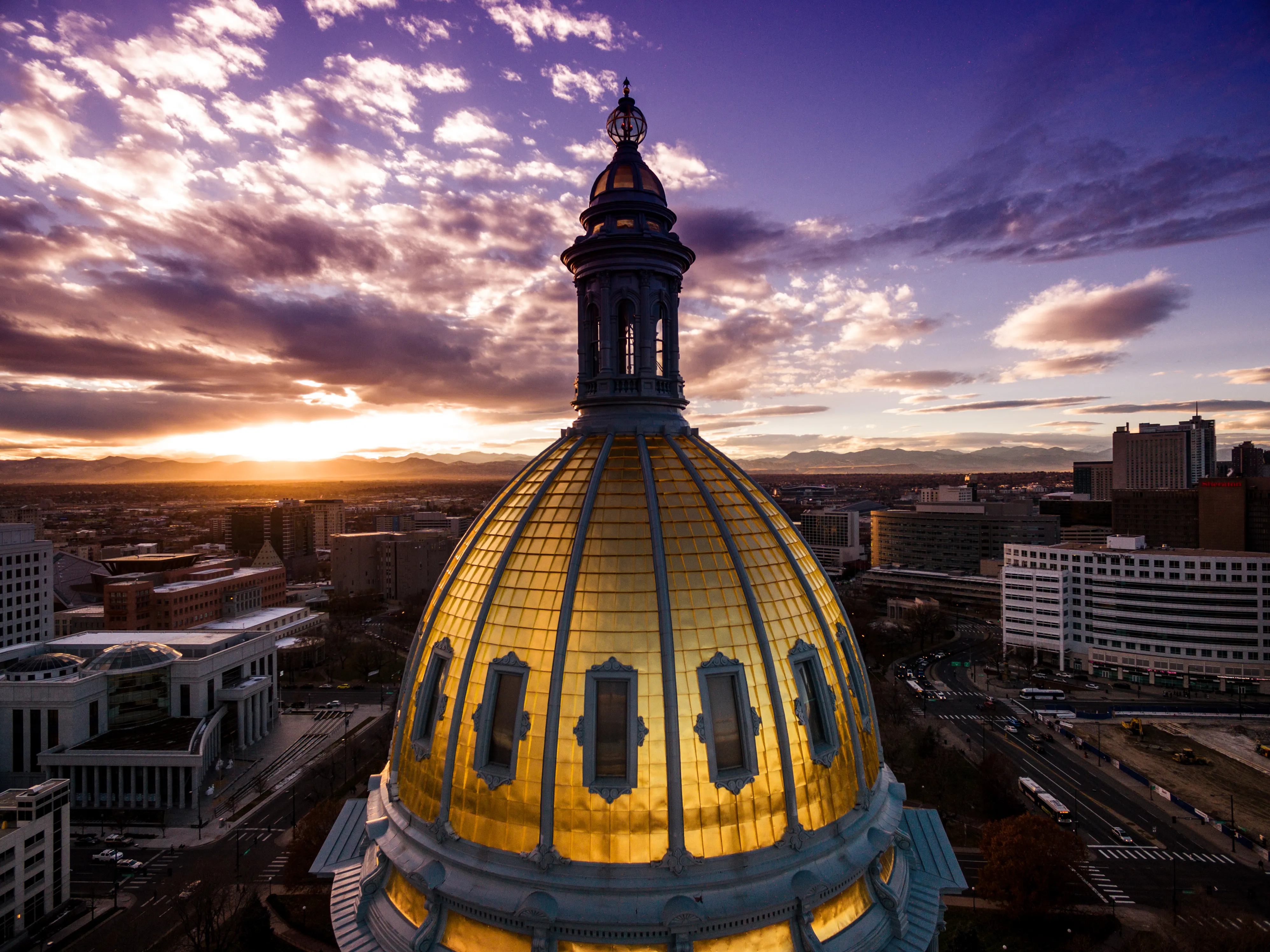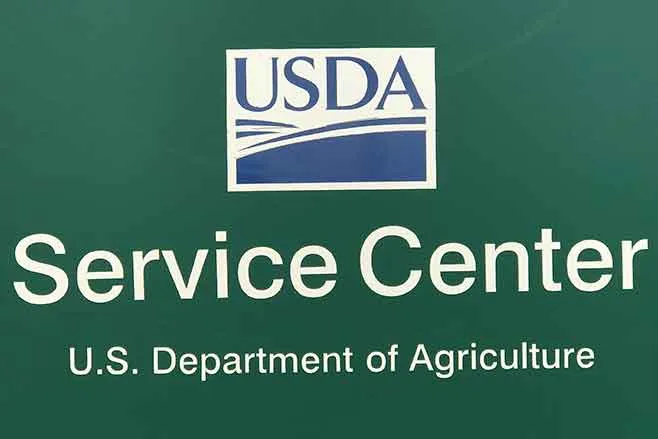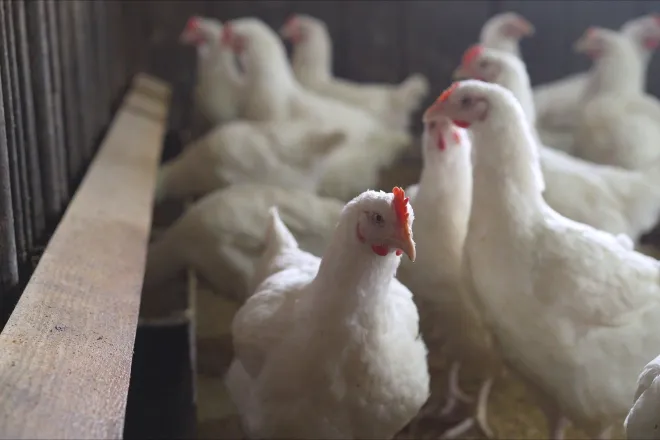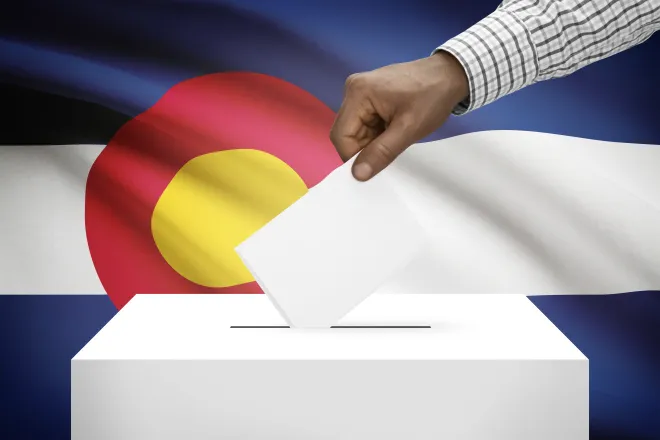
From the Extension Agent’s Desk
by Jeramy McNeely
Edible Flowers
The other day I was going through some material on the master gardener website and found some information about edible flowers that I thought would be interesting. I do realize this topic is a little premature as the snow flies, but I wanted to get it covered before it falls to the bottom of my stack of things to do. Also, the overachievers amongst you may already be planning your spring plantings, and I wanted to get this out for your consideration.
So why grow edible flowers? First of all, you’ll look like a genius in the kitchen! You can take the ordinary to extraordinary and you’ll impress your friends and family with your culinary prowess. Certain edible flowers are high in vitamin C and A. You can use them as garnishes and in salads. They can also be used in recipes found in baking, sauces, jelly, syrup, oils, and tea to name a few. Finally, these plants serve dual purposes as both edibles and ornamentals.
There is a long list of edible flowers from which to choose. Some to consider are: pansies, marigolds, nasturtiums, scarlet runner beans, mums, daylilies, lilacs, dandelions, and honeysuckle. For a more extensive list, call or come by the Extension Office for a copy.
Please be aware there are several rules when it comes to eating edible flowers. These rules are kind of important especially if you have any sort of food allergy. There are also rules concerning which part of the flower is edible, at what stage is the right time to eat it, and if pesticides are necessary, using only those products labeled for use on edible crops.
So if you’re looking for a unique project this year for both your garden and your dinner table, come by the Extension Office and we can share a copy of the literature we have to get you started. Bon Appétit!
















